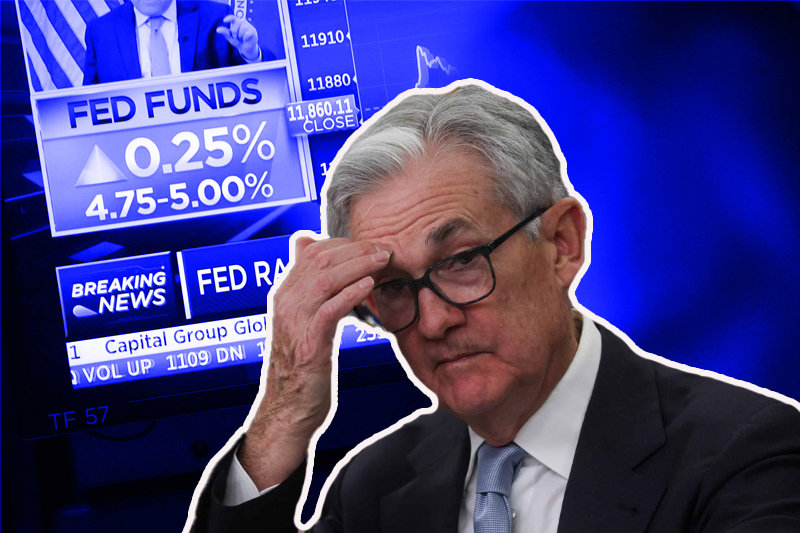
US Fed announces small interest rate hike amid global banking chaos
For the ninth time in a row, the US Federal Reserve on Wednesday raised interest rates, choosing to continue its counter strategy against high inflation despite the recent turmoil in financial markets prompted by the collapse of two regional banks, California’s Silicon Valley Bank and New York’s Signature Bank.
In line with expectations, Fed policymakers voted unanimously to raise their benchmark interest rate by a quarter of a percentage point to just under 5%, with the latest projections revealing at least 10 of 18 Fed policymakers still expect rates to rise by the same figure by the end of this year.
Wednesday’s hike will make it more expensive for people carrying a balance on their credit cards or looking for car loans. The rate-setting committee anticipates that some extra policy firming may be useful, the Fed mentioned in a statement.
Some observers had called on the central bank to put its rate hikes on a temporary pause, in an effort to assess the fallout from the collapse of the two regional lenders earlier this month. Nevertheless, despite the global banking chaos, things appear to have started easing. Large withdrawals from regional banks have “stabilized”, said Treasury Secretary Janet Yellen.
Keep Reading
Meanwhile, consumer prices continue to climb. Although annual inflation was down from 9.1% last June to 6% in February this year, it’s still well above the 2% target set by the Fed. The central bank has raised particular concerns over the rising cost of services, such as streaming TV subscriptions and airline tickets.
The Fed is currently experiencing growing scrutiny for its oversight of the two failed banks, with some calling for an independent investigation into the central bank’s role in the failures. Fed supervisors reportedly had identified issues with SVB’s risk-management practices long ago, but they were not corrected.
Since the collapse of the two regional banks, other financial institutions are also likely to be more conservative about making loans. Tighter credit conditions, such as climbing interest rates, trigger slower economic growth.
Although the approach could help Fed curb inflation, it also raises the risk of recession – which Fed policymakers aren’t projecting. In fact, the updated projections released on Wednesday show the economy potentially growing 0.4% this year.




